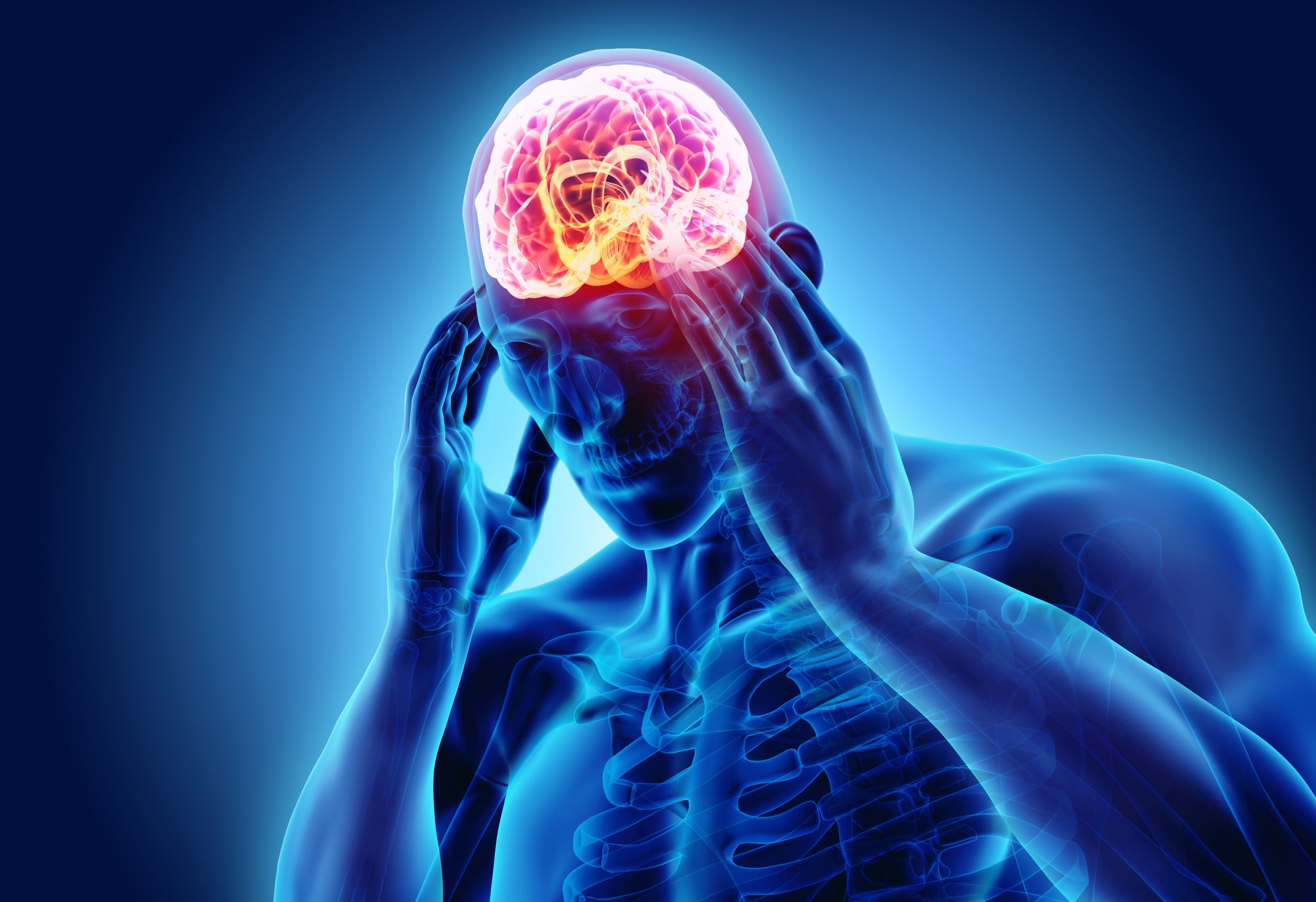A sudden stroke can result in a range of symptoms such as confusion, facial numbness, and weakness, which can lead to hospitalization or even death. In the United States, strokes occur every 40 seconds and claim a life every 3.5 minutes. Understanding the warning signs and risk factors associated with strokes is crucial for both prevention and survival.
Sandra Narayanan, MD, a board-certified vascular neurologist and neurointerventional surgeon at Pacific Stroke & Neurovascular Center at Pacific Neuroscience Institute in Santa Monica, CA, highlights that strokes are the fifth leading cause of death and the primary cause of disability in the US. Worldwide, strokes are the second leading cause of death. More than 50% of stroke survivors above the age of 65 have reduced mobility, affecting their quality of life. The economic burden of strokes is enormous, with an estimated cost of approximately $53 billion between 2017 and 2018 in the US alone. This cost encompasses both acute and subacute care, as well as missed employment opportunities, which primarily affect younger stroke patients.
Strokes can cause both short-term and long-term disabilities, such as paralysis or issues with controlling movement, loss of sensation, loss of bladder control, problems with communication and understanding language, thinking and memory difficulties, and other complications that can significantly impact daily life. However, certain preventative measures can reduce the risk of experiencing a stroke. Read on to discover more about strokes, their risk factors, and how to avoid them.
1) Understanding Strokes: What You Need to Know

According to Jason Tarpley, M.D., Ph.D., stroke neurologist and director of the Stroke and Neurovascular Center for Pacific Neuroscience Institute in Santa Monica, Calif., the causes of ischemic stroke, or blockage of a brain artery, can vary significantly depending on the patient population. Ischemic stroke is more common in older individuals, and often caused by underlying conditions such as atrial fibrillation, cholesterol plaque in the carotid arteries, or disease in the brain's small arteries. High blood pressure, diabetes, and smoking are risk factors for small artery strokes. In contrast, stroke in younger individuals has different causes, with the most common being an arterial dissection resulting from a tear in the inner layer of the arteries that feed the brain.
Strokes can range from minor to severe and can even be fatal. The most severe types of strokes are caused by large blockages in the brain, referred to as large vessel occlusion. However, if a patient experiencing a stroke caused by a large vessel occlusion can quickly access a comprehensive stroke center and receive thrombectomy, a surgical removal of the blockage, about 50 to 60% will still have a good outcome, meaning that they will regain functional independence following the procedure.
2) Understanding the Distinction between Stroke and Mini-Stroke

Reza Bavarsad Shahripour, MD, a board-certified vascular neurologist and neurosonologist at Providence Saint John's Health Center in Santa Monica, CA, explains that a mini-stroke is a temporary period of reduced blood flow to the brain, resulting in transient symptoms lasting from a few minutes to several hours. This condition was previously referred to as transient ischemic attack (TIA), but clinicians now often call it a mini-stroke to emphasize the fact that it still signifies a stroke risk. Therefore, patients need to be cautious about their risk factors, medications, and lifestyle to avoid future episodes.
While the symptoms of mini-strokes may be similar to those of a stroke, the underlying cause is temporary, with the blood flow to the brain resuming within 24 hours, and the symptoms typically resolving without lasting effects. In contrast, a stroke is caused by a blockage in the blood flow to the brain, and the resulting brain dysfunction may be permanent, leading to long-term consequences. Both mini-strokes and strokes can have similar underlying causes, such as heart arrhythmias, carotid artery disease, chronic hypertension, and small vessel changes in the brain. It is, therefore, important to understand the distinction between the two and to seek immediate medical attention if any symptoms occur.
3) The Importance of Recognizing the Seriousness of Mini-Strokes

Dr. Bavarsad stresses the urgency of recognizing mini-strokes as a medical emergency. Anyone who experiences a mini-stroke or TIA should immediately call 911 and seek medical attention to undergo a thorough evaluation by a certified stroke team. Modifying the risk factors and treating mini-strokes should be approached similarly to acute stroke, involving the patient, their family, and primary care physician.
The course of treatment may include antiplatelet medication, such as aspirin or Plavix, or a blood thinner, depending on the underlying cause. However, a comprehensive work-up is necessary to determine the etiology of the mini-stroke accurately, and to design a targeted treatment plan.
Although patients with mini-strokes usually recover in the first 24 hours without any residual symptoms, they are still at increased risk of having an acute stroke during the following weeks and months. Therefore, close monitoring by a vascular neurologist, primary care physician, and family is crucial to ensure the prevention of future episodes.
4) Preventing 80% of Strokes: Understanding the Possibilities

Dr. Narayanan highlights the various lifestyle changes that can prevent a first-time cerebrovascular event or reduce the risk of recurrent stroke or TIA. Up to 80% of strokes can be prevented through strategies such as quitting smoking, keeping track of blood pressure, eating a Mediterranean-style diet, exercising regularly, and maintaining optimal cholesterol levels.
Dr. Bavarsad emphasizes that controlling risk factors and making necessary changes to one's lifestyle and diet significantly decrease the risk of recurrent strokes and mini-strokes/TIA during the first 1-5 years following a stroke. Individuals with a history of high blood pressure, high cholesterol, uncontrolled diabetes, obesity, sleep apnea, or cardiovascular diseases such as carotid disease or coronary artery disease, and those with a history of mini-stroke or TIA, atrial fibrillation or heart arrhythmia, are at a higher risk of experiencing TIA or mini-stroke.
5) Recognizing the Symptoms of Stroke

Dr. Bavarsad recommends that anyone experiencing sudden symptoms such as weakness, numbness, double vision, or balance issues should call 911 or seek transportation to the ER for immediate evaluation. The patient will undergo a brain CT scan and CT angiography to ensure that there are no blockages or narrowing in the carotid arteries. Heart monitoring may continue for at least 24 hours during hospitalization, and the patient may need intervention if there are any critical narrowing in the vessels. Additionally, a brain MRI may be necessary to rule out acute stroke or any other reasons for the symptoms.
Dr. Tarpley explains that the most common signs of a stroke can be remembered through the acronym FAST: Facial drooping, Arm weakness, Speech difficulties mean that it is Time to call 911. However, stroke symptoms can vary, and the onset is typically sudden. Stroke in the back of the brain can cause vision loss, abnormal eye movements, balance difficulty, dizziness, loss of consciousness, or even headaches.
Sanjiv Patel, MD, an interventional cardiologist at MemorialCare Heart & Vascular Institute in Fountain Valley, CA, highlights other possible stroke symptoms, including sudden onset of nausea or vomiting, a severe headache, sudden loss of vision in one or both eyes, and sudden confusion. These symptoms can occur as a result of an ischemic or hemorrhagic stroke, leading to a loss of brain function.
6) The Critical Importance of Acting Fast with Stroke

Dr. Tarpley explains that the American Stroke Association has developed the BE FAST acronym to help individuals identify signs and symptoms of a stroke quickly. It is crucial to seek emergency evaluation for a possible stroke, as there are effective brain-saving treatments available. The BE FAST acronym is as follows:
B - Balance problems E - Eye problems, such as sudden vision loss F - Facial drooping on one side A - Arm weakness S - Speech difficulty T - Time is Brain, meaning it is critical to call 911 immediately
Recognizing and responding to these symptoms quickly can make a significant difference in the outcome of a stroke. Therefore, anyone who experiences these symptoms should seek medical attention without delay.

